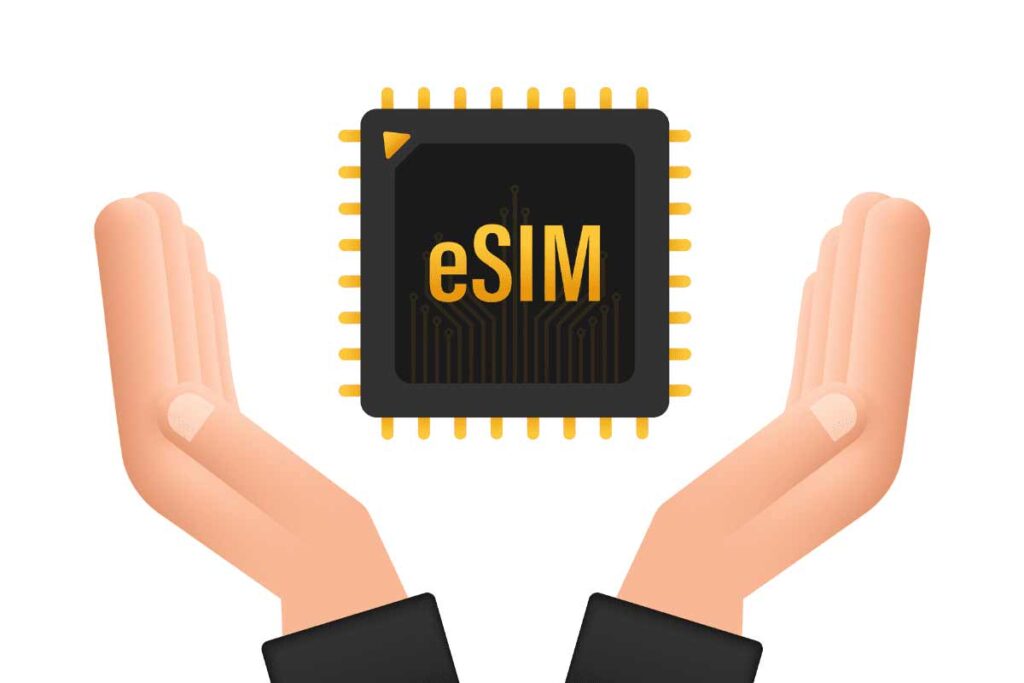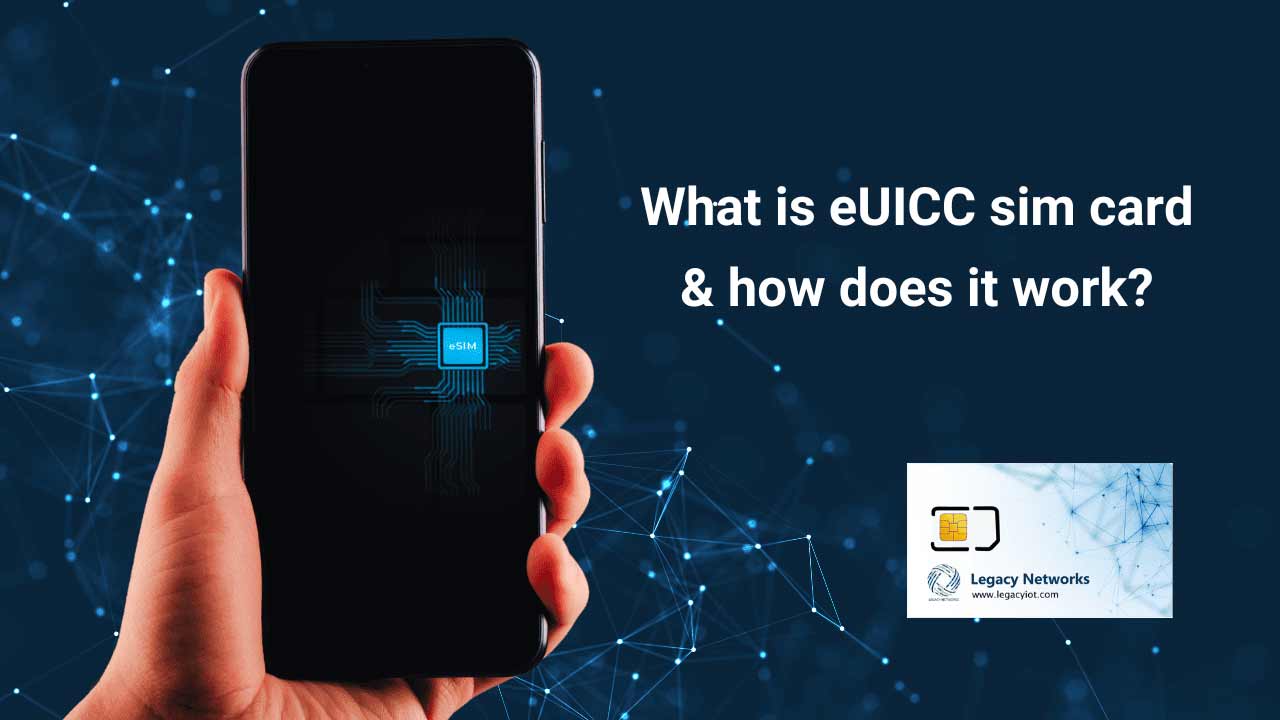Introduction
In our increasingly connected world, where seamless communication and data exchange are paramount, the technology behind SIM cards has undergone a significant transformation. The advent of the eUICC SIM card, also known as an embedded SIM card or Esim card, has sparked a new era in the realm of connectivity.
This revolutionary innovation is reshaping the way we think about traditional SIM cards and their role in modern devices. In this blog, we will delve into the world of eUICC, embedded or Esim cards, exploring what they are, how eUICC sim work, and the impact they have on our digital lives.
What is eUICC sim card or embedded sim card?
The term “eUICC” stands for “embedded Universal Integrated Circuit Card.” At its core, an eUICC SIM card which is embedded directly into a device during manufacturing. Unlike conventional SIMs, which are physical, removable chips, embedded sim cards are integrated into the device’s hardware. This means that changing or updating mobile network operators no longer requires physically swapping out SIM cards; instead, the process can be done electronically.

So the difference between the eSIM card and the standard SIM card is that you don’t need to bother about a physical sim, there is simply a reprogrammable logical profile on your smartphone.
How eUICC Sim Work?
The functionality is based on the concept of remote provisioning. Traditional SIM cards are bound to a specific carrier and need to be physically replaced if the user wants to switch networks. In contrast, eUICC SIM cards are not tied to a single carrier. Instead, they can store multiple profiles from different mobile network operators, allowing users to switch between carriers without changing the physical SIM card. Want to know more about eUICC sim cards or embedded sim cards?
eUICC technology opens the door to a more dynamic and competitive ecosystem. With the ability to remotely provision new carrier profiles, users are empowered to make more informed choices about their network connectivity. This shift could prompt networks to enhance their offerings, pricing models, and customer experiences to compete effectively in this changing environment.
Moreover, the reduced need for physical SIM card replacements translates to fewer resources used in manufacturing and distribution, contributing to a more sustainable and eco-friendly approach to connectivity.
Here’s how the process works:
Remote Provisioning: When a user wants to change their mobile network operator or subscribe to a new plan, the embedded software allows remote provisioning. This involves loading a new carrier profile onto the eUICC without needing a physical replacement.
Over-the-Air (OTA) Technology: The remote provisioning is achieved through OTA technology, enabling the eUICC to communicate with the mobile network operator’s systems. This eliminates the need for manual intervention and simplifies the process of switching carriers.
Flexibility and Convenience: they offer unparalleled flexibility. Users can select and switch carriers based on factors such as coverage, pricing, and data plans without the hassle of obtaining and inserting a new SIM card.
Conclusion
The embedded SIM card represents a transformative leap in the world of connectivity. Its ability to remotely provision carrier profiles and enable seamless switching between mobile network operators marks a significant advancement over traditional SIM cards. The impact of this technology goes beyond convenience; it has the potential to reshape the competitive landscape of the telecommunications industry and encourage more sustainable practices.
As eUICC SIM cards continue to gain traction and become more prevalent in modern devices, networks will likely face the challenge of adapting to this new era of connectivity. This evolution signifies a shift towards user empowerment and a greater emphasis on flexibility and choice. With eUICC technology at the forefront, we are poised to experience a future where our devices are seamlessly connected, offering us more control over our network experiences than ever before.
Get a Legacy IoT Esim Card, where all you have to do is scan a QR code, download your profile, and install it on any of your compatible devices, and you’re done. Your Esim activation coupon may be connected to either your old profile or the new one you made. You will need to register it, of course.





